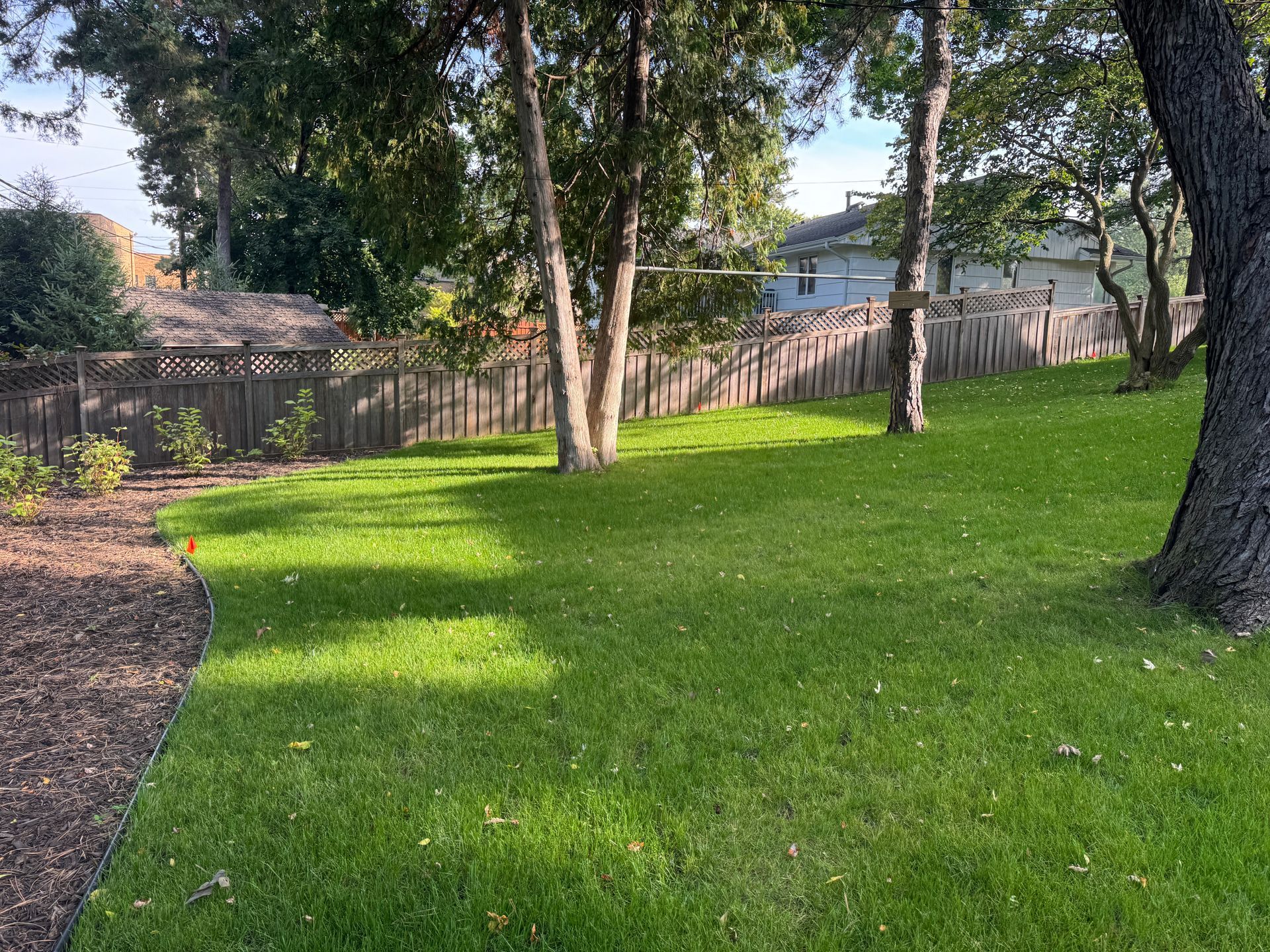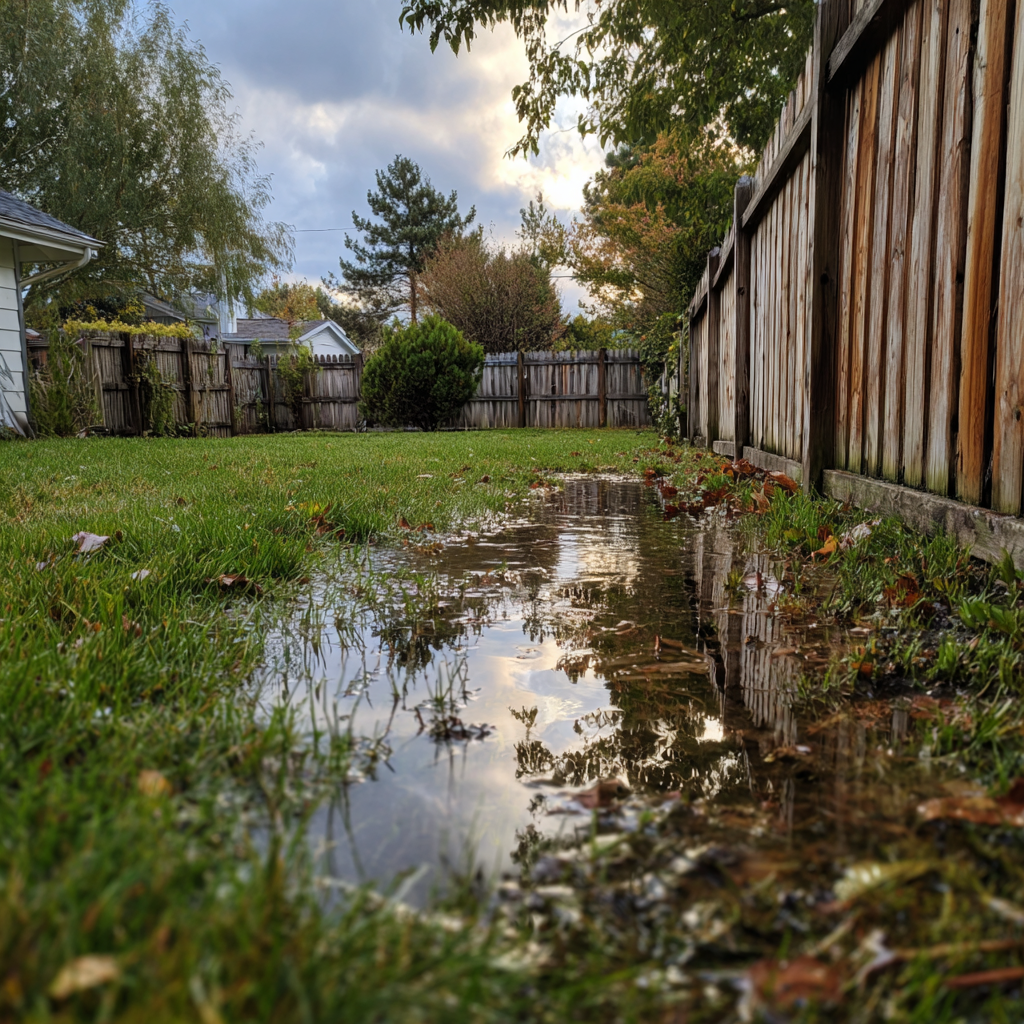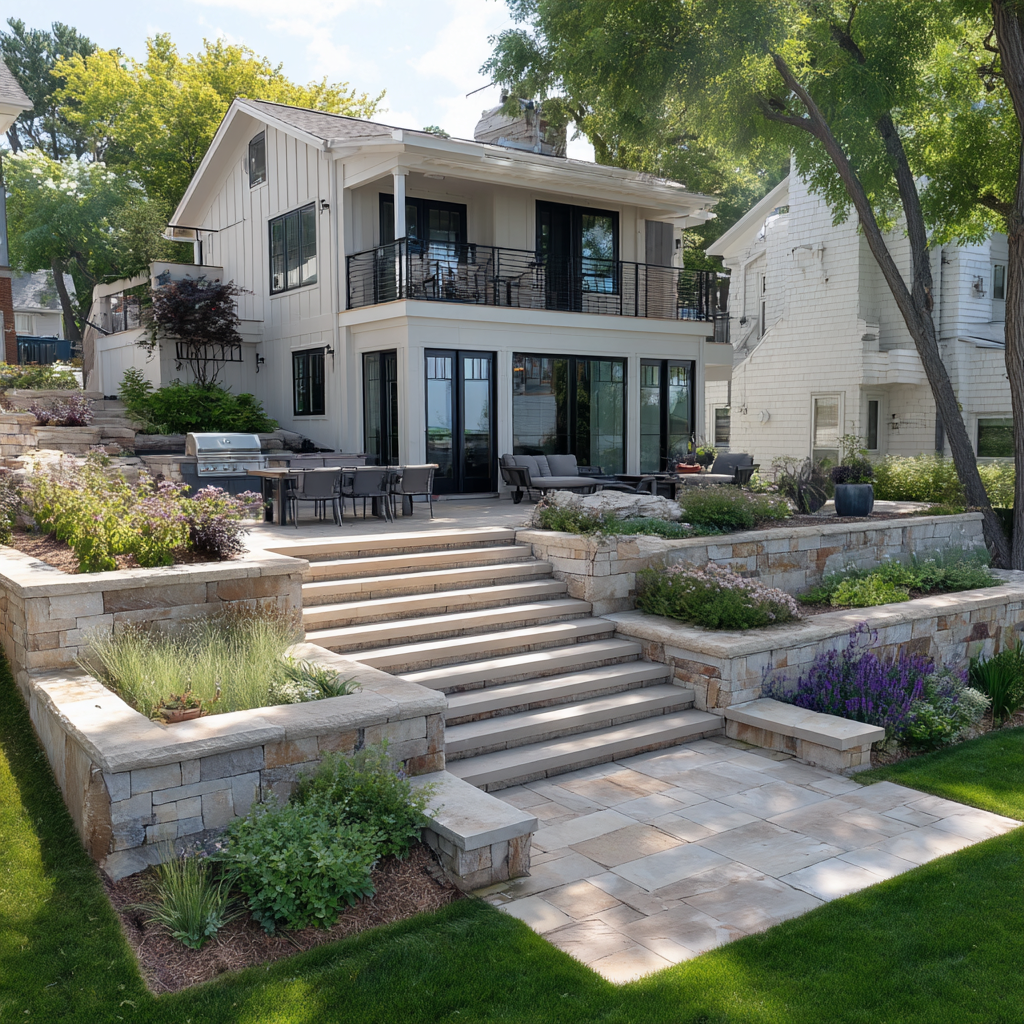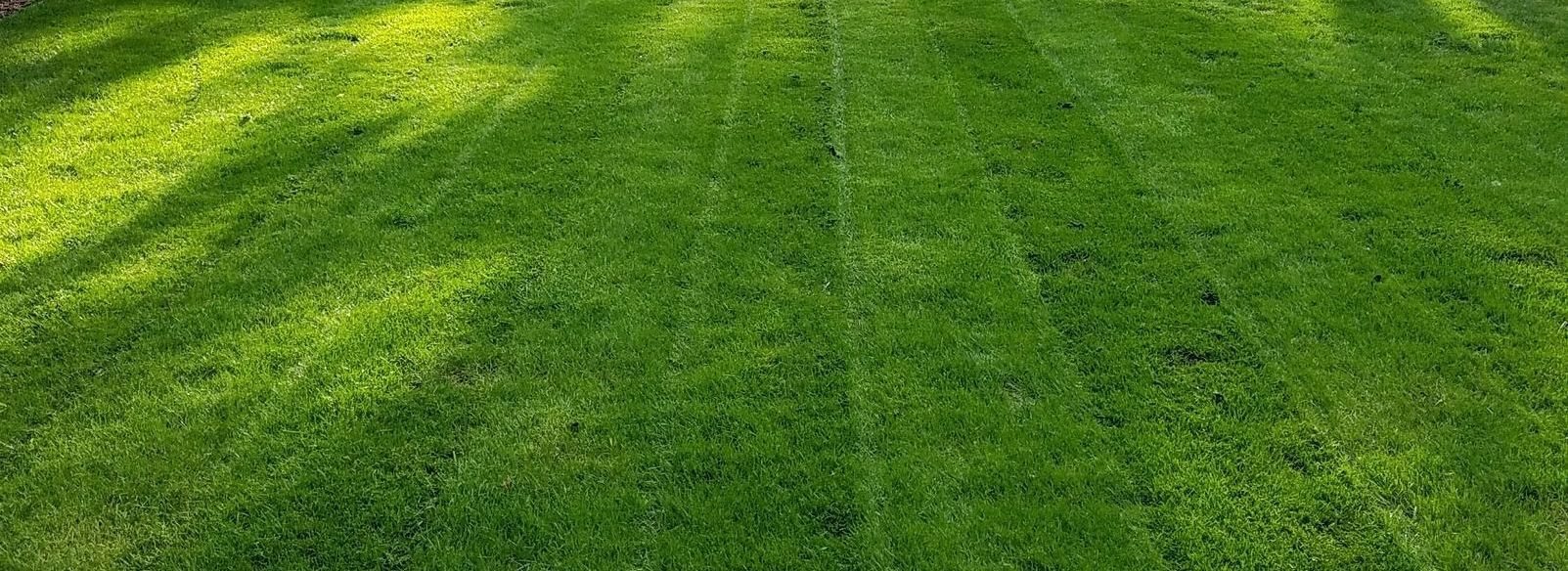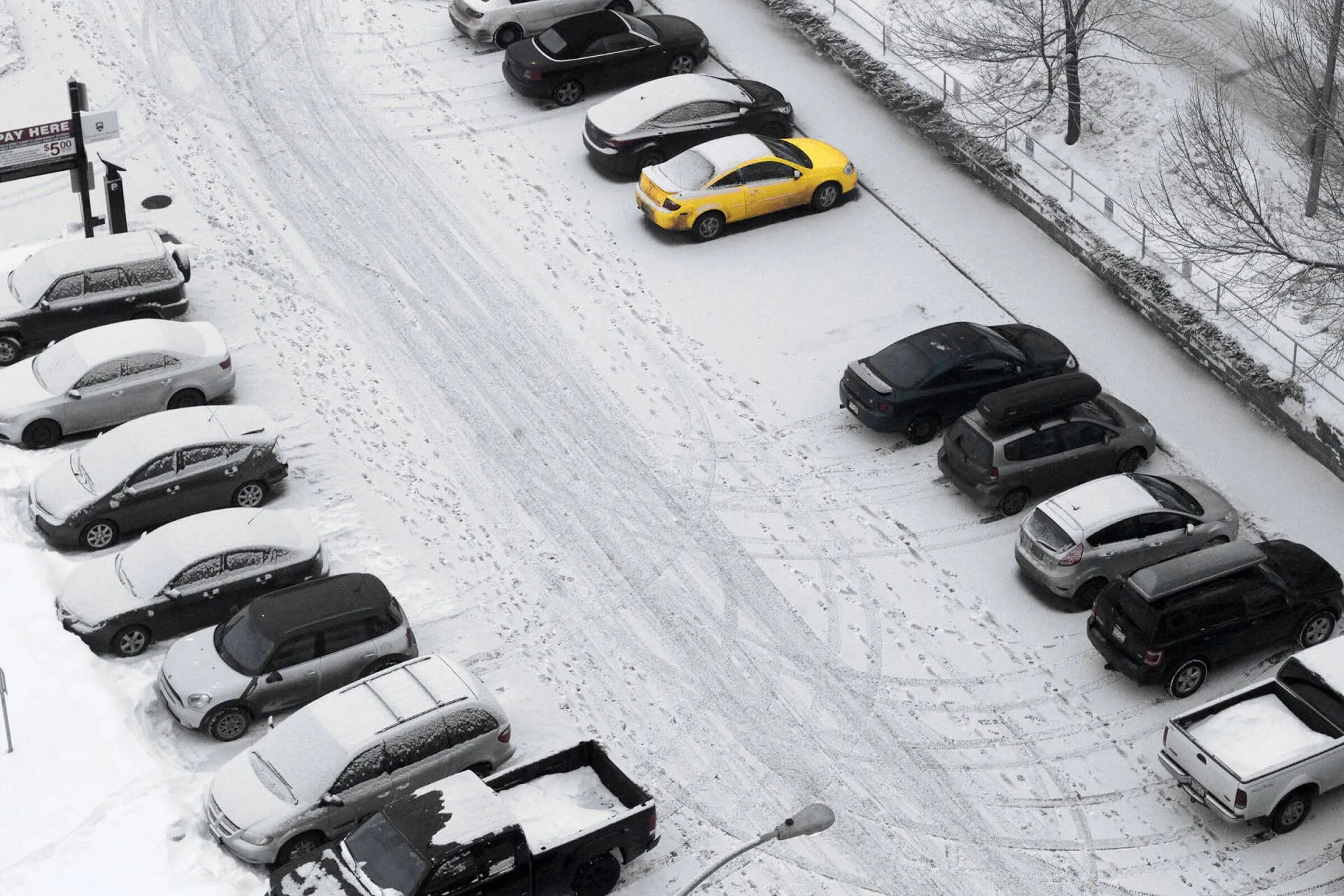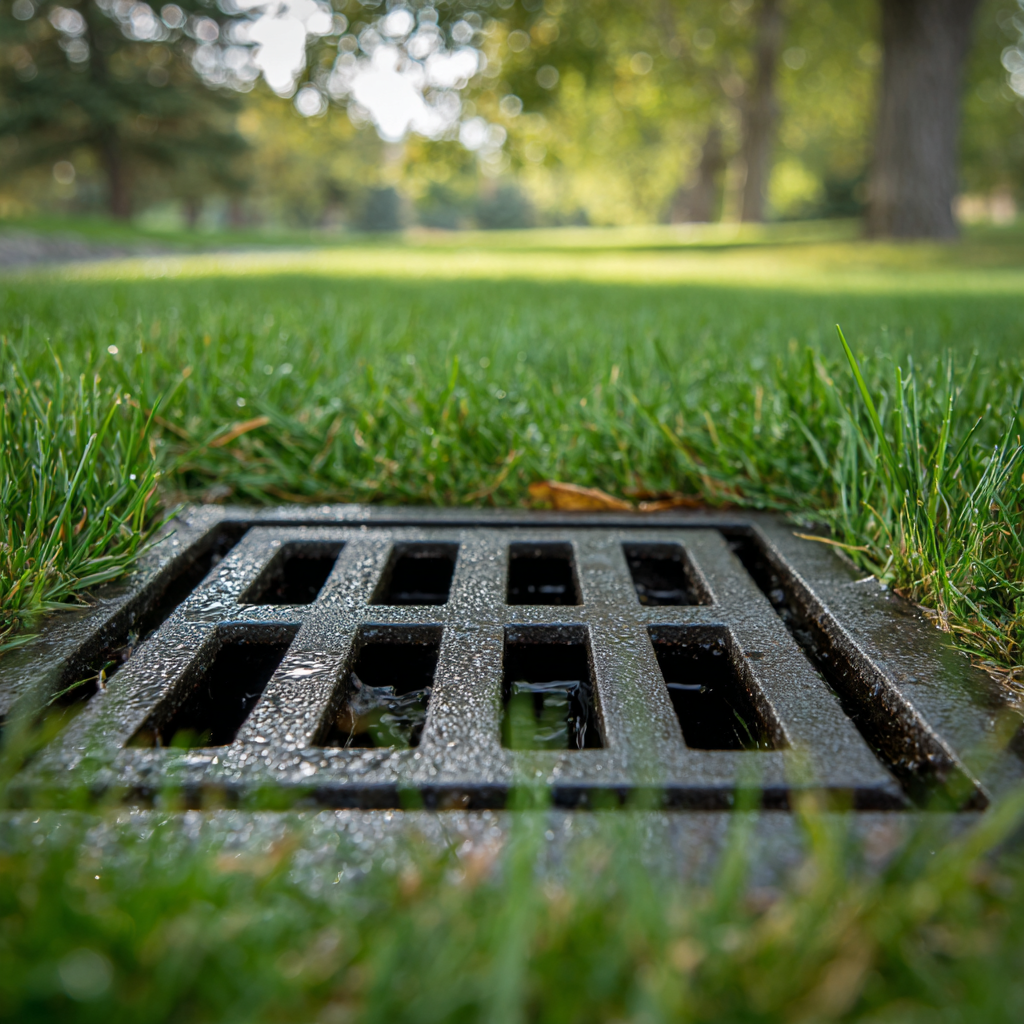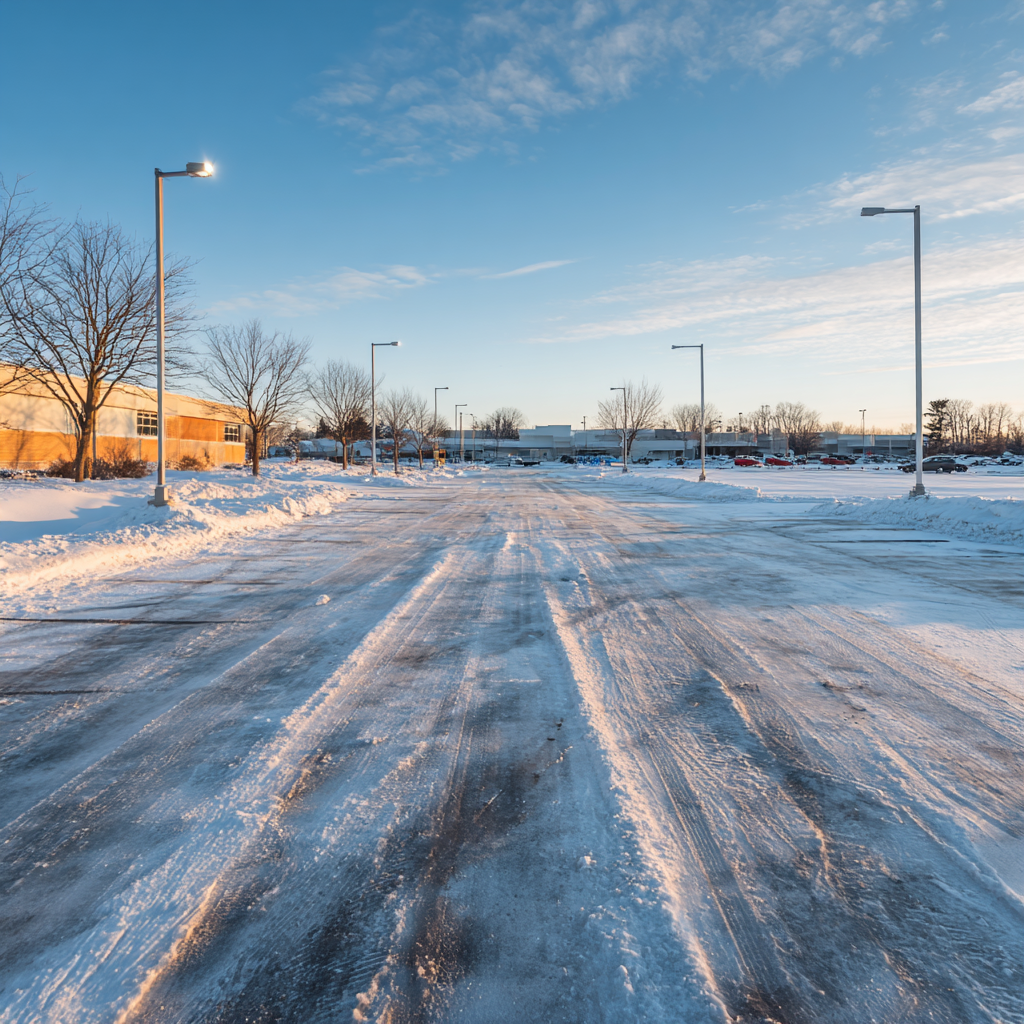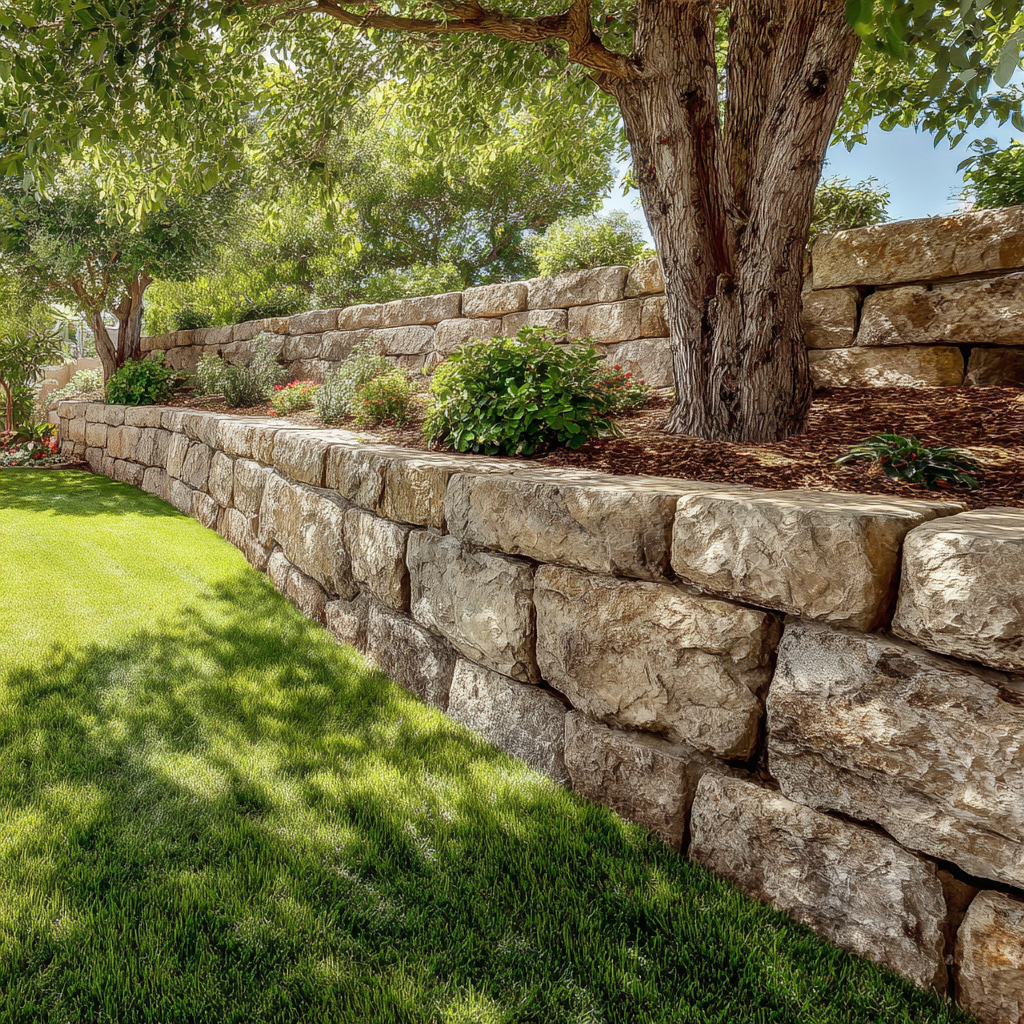Landscape Design to Highlight a Flagpole
Installing a flagpole in your yard can be as simple as putting it up and flying a flag. Some people, however, like to incorporate it a bit more into their landscaping. The most important thing to keep in mind is that you want to keep the flag as the focal point, and not do anything to detract from that. In this post, we’ll explore a few options to highlight a flagpole.
Garden Bed
A popular option is to install a round or half-moon garden bed around your flagpole. The design somewhat depends on the existing greenspace and where you’d like to place the pole. If you opt for a non-circular bed, just be sure the flagpole is centrally located within it. As for the size, one source
recommends making the diameter of the garden bed at least one third the height of the flagpole. In other words, if your flagpole is 20 feet high, you would want a bed that is about 7 feet wide or larger. This will keep everything looking to scale—a tiny flower garden next to a tall pole can look silly.
If the ground is already pretty flat where you plan to put your flagpole, you don’t much prep before planting flowers and shrubs—just a cleared spot and some edging
. If the location is on a slope, or if you want the flagpole to seem like it’s on a platform, you could build a small retaining wall around it. Besides providing level ground for your plantings, the wall will keep weeds and grasses from invading the garden space.
When it comes time to plant, there are formal and informal designs. A formal design will have “layers” of plants, with taller shrubs or ornamental grasses closest to the pole, then mid-height shrubs or flowers, followed by flowers that are closer to the ground on the outside. For varied looks throughout the season, plant this outer layer with annuals and replace them as desired. Plant with one color to keep the eye moving toward the flagpole. A more informal design is usually made up of perennial shrubs or ornamental grasses scattered throughout the bed. Whichever design you choose, we recommend mulching the bed. Mulch
will help retain moisture, cut down on weeds, and looks nice.
A larger flower bed with a more formal design surrounds a flagpole.
Hardscape Options
Don’t feel like having one more garden bed to maintain, or looking to incorporate the flagpole into existing hardscaping? No problem! One attractive option is to arrange paving stones in a circle around the flagpole. If you still want some greenery, plant flowers or shrubs around the outside of the circle.
Another option is to fill the circle around the flagpole with landscaping rock. It requires minimal maintenance and gives a classic, clean look around your flagpole.
This design combines rock with pavers around the edge for a clean look.
Finally, some people incorporate stepping stones into their flagpole landscape design. These provide an easy path to the flagpole to raise or take down the flag, or to provide any maintenance. Stepping stones come in a variety of colors and designs, so you’re sure to find something that fits your landscaping.
Outdoor Lighting
Installing outdoor lighting on or near the flagpole is a great idea if you don’t want to take the flag down every night. The lights can also show off the landscaping you’ve worked so hard to maintain, though of course the main emphasis should be on the flag. As with other aspects of design, there are many options, and you’re bound to find something that works perfectly with your landscaping.



